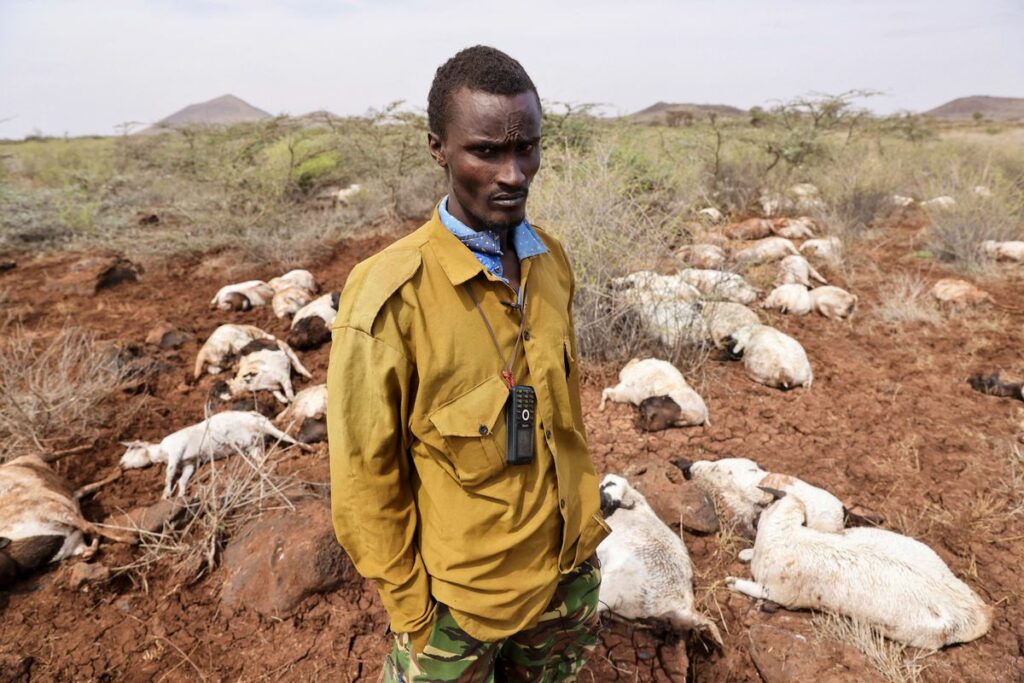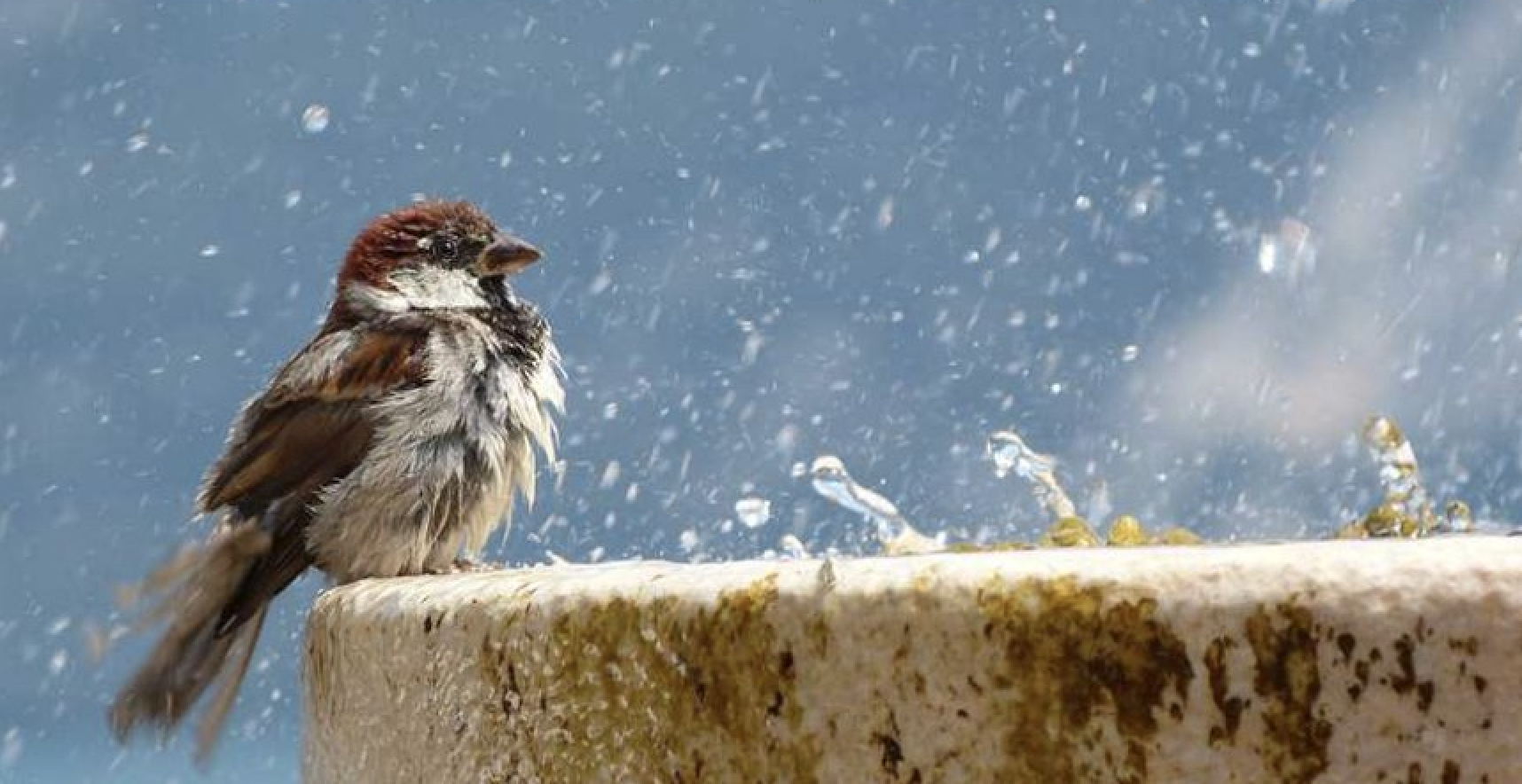Carcasses of goats and sheep strewn across the scrubland of northern Kenya are testament to the devastation wrought by the once-in-a-generation floods that have hit the region.
In just one area of Marsabit County, herders lost around 20,000 goats and sheep last week after the torrential rain, Roba Koto, the top government official in North Horr constituency, said.
The thrashing rains came with colder than normal temperatures and sharp winds ripping through the normally semi-arid grazing land.

Mamo Konchora, a livestock herder from the Gabra tribe, could do nothing to help the last remaining goat from his herd as it lay dying on its side.
Nearby, another herder, Guyo Gufu, stood helplessly, all 350 of his goats dead after the storm.

“The goats I had is what we rely on to slaughter, to eat, and to sell, now I have no means,” he said.
Parts of Marsabit experienced 90 mm (3.5 inches) of rain in one day last week, nearly twice the daily amount classified as severe rains, according to the Kenya Meteorological Department.
The last time the area was hit by similar rains was in 1998, the department said.
The floods followed a drought from October to December which weakened the herds, said Koto, the local administrator.
That drought left the ground parched and the animals that survived scrawny and unsellable – as well as leaving more than 2 million in the region people struggling to find enough to eat.
It was third straight season of poor rains in eastern and northern Kenya, where pastoralism is a main source of income, according to the Famine Early Warning Systems Network, a U.S. government agency.
Experts say climate change is expected to increase the frequency and severity of such droughts.
Reporting by Baz Ratner; Additional reporting and writing by George Obulutsa; Editing by Maggie Fick and Alison Williams



